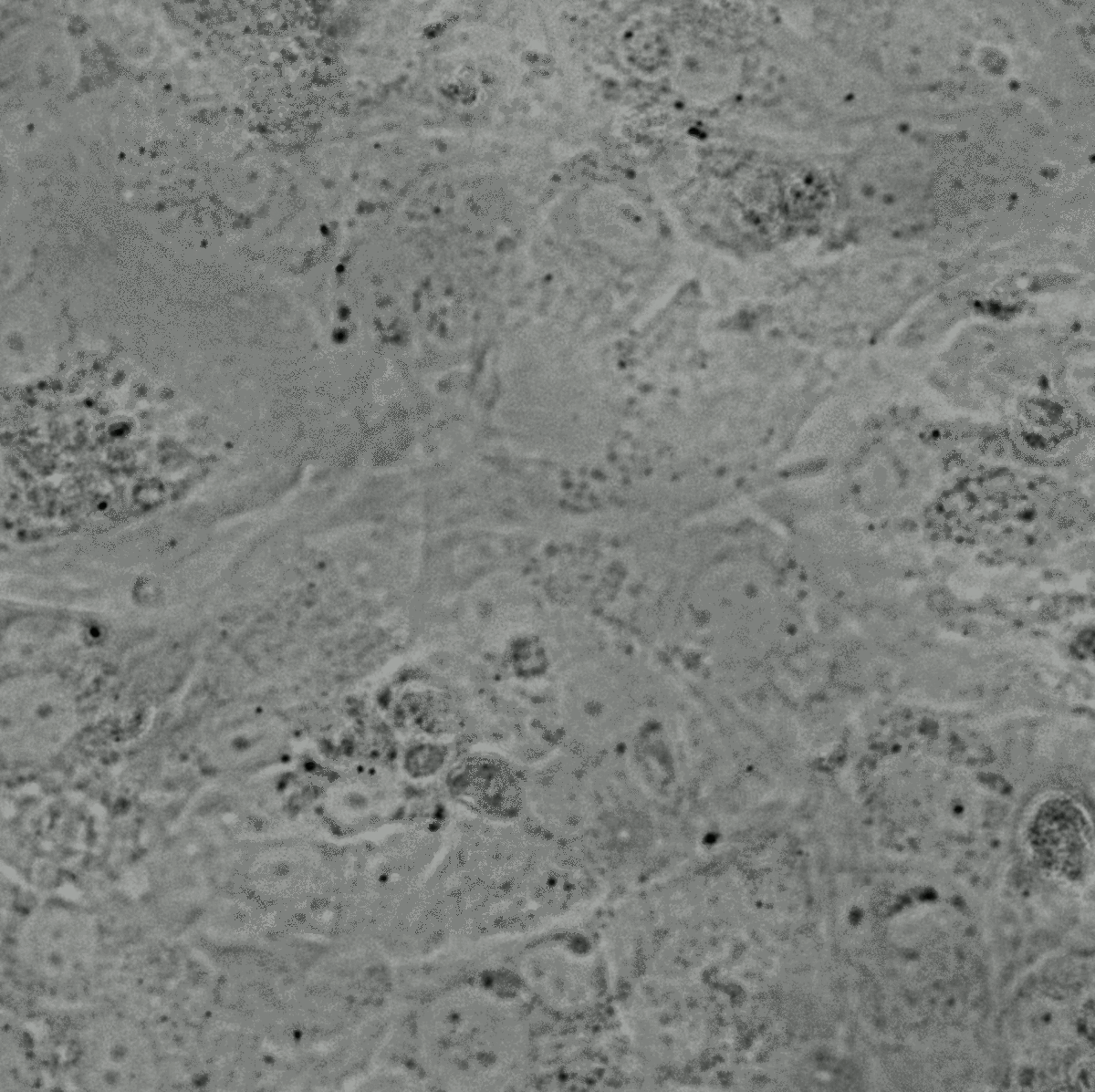Welcome to our Lab
Pathogens must successfully resist our formidable immune defenses to infect. This is often accomplished using virulence factors evolved for intercepting key immune targets. The LaRock laboratory uses biochemical and molecular genetic tools to examine the interaction between microbial virulence factors (eg. toxins, effectors) and host targets (eg. cytokines, antimicrobials). Our findings reveal new mechanisms of microbial pathogenesis, risk factors for disease, and therapeutics for treating difficult infections. Our work receives financial support from Emory University, the NIH, and the Burroughs Wellcome Fund.
Streptococcus Pyogenes (Group A Streptococcus) Is a Leading Human Pathogen:
- It causes the largest number of diseases: (pharyngitis 'Strep throat', scarlet fever 'rossalia' 'scarlatina', pyoderma, impetigo, erysipelas 'St. Anthony's fire', cellulitis, necrotizing fasciitis 'flesh-eating disease', septicemia, bacteriemia, toxic shock syndrome, Syndenham's chorea 'St. Vitus's dance', Pediatric autoimmune neuropsychiatric disorder associated with streptococcal infection (PANDAS), meningitis, endophthalmitis, otitis media, pneumonia, endocarditis, puerperal fever, rheumatic fever, rheumatic heart disease, glomerulonephritis, etc)
- Rate: >1,000,000,000 yearly infections (mostly strep throat in children) serious disease occurs in otherwise healthy people
- It is a top-10 killer pathogen (due to invasive infections worldwide, and autoimmune complications in susceptible populations and the developing world)


